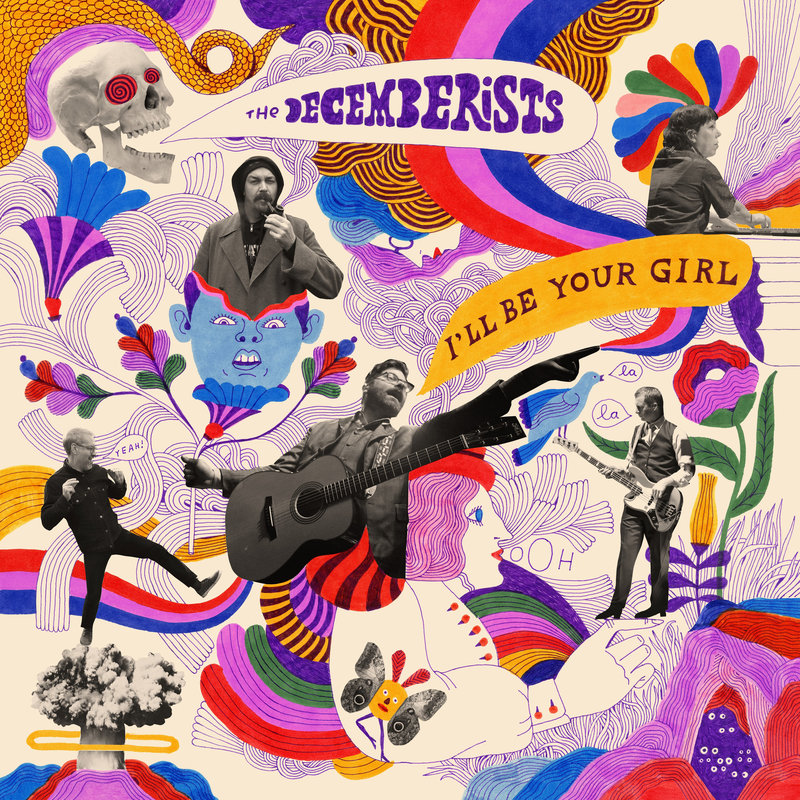Opening with a simple acoustic guitar structurally inspired by Richard Thompson’s Red Haired Molly, writer and vocalist Colin Meloy describes the song as “gloriously, self-indulgent in a really ham-handed way,” and the soundstage developed by Congleton does an excellent job of translating that feeling to the listener.

The album was recorded at Halfling Studio, a Portland multi-media production and entertainment complex. The drums were setup inside the facility’s skateboard bowl, giving them that extra-huge and menacing sound. A phase shifter and flanger were added to the drums which give them a ethereal, floating sound that still has some teeth. Listen at the 1:50 mark and you can really hear the phase shifter digging in on the drum break.
Then we travel back to 1983 with the fat, analog synthesizers keyboardist Jenny Conlee had been playing around with prior to starting work on the album. The sound is huge and deep, putting the listener deep into the troubled psyche of the song’s protagonist. Anything thinner sounding and the track wouldn’t have the same impact. On speakers capable of producing deep, rich bass, listen carefully to the bass pad line the synth plays and feel all the air the sound is moving. You can definitely feel and hear the three-dimensionality of the instrument – it’s deep, it’s low and it’s powerful which further pulls the listener in.
But a counter was needed to keep all of those phasing drums and fat synths from overwhelming the rest of the track. A baritone guitar with deep reverb and chorus plays a counter line that pulls the listener to the verse without stepping on the synth line. Listen at 2:08 as the baritone guitar plays a simple, single-note ascension to the B-Verse (it’s not really a chorus here), letting the listener know there is a melodic change coming. After the breakdown at 3:10 the guitar hits a simple, repetitive chord to reinforce the protagonist’s emotional state.
Two very tight harmonies then float behind Meloy’s free-forming on the refrain. The voices are sweet and lilting, but layered in reverb and delay, and set deeply in the mix, adding to the soft crash of the lead vocals.
This is an amazingly well-crafted production of a simple yet really emotional song. Key in on any of the separate pieces in the track and you’ll come away with the same emotional response you’ll find in the whole, which is a real credit to the musicians and production team. There’s a lot going on, and it was all put there with a purpose. Go ahead, be “gloriously self-indulgent” and dive into this fabulous track.
Click the icon to stay up to date with all of the songs featured in our Did You Hear That? series by following our Spotify and TIDAL Did You Hear That? playlists:





